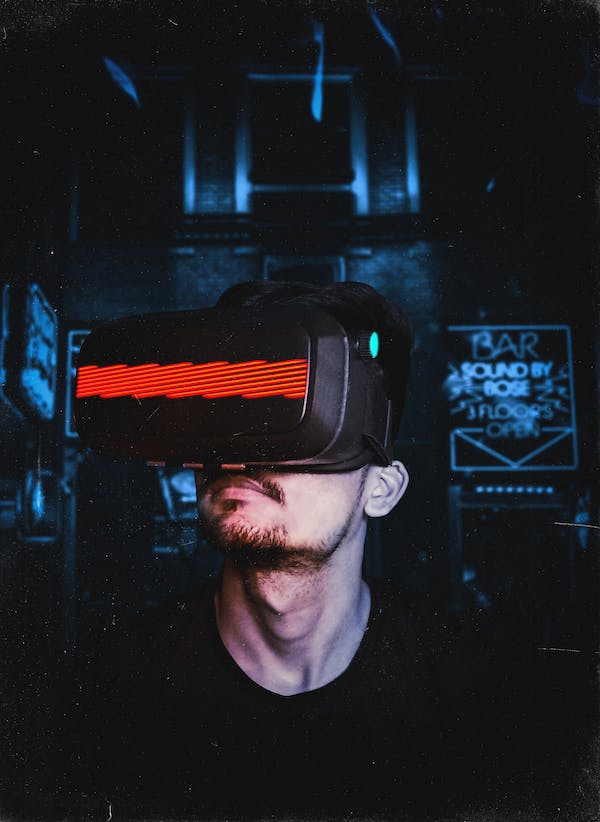
09 Jul VR FUTURIST AND KEYNOTE SPEAKER: WELCOME TO THE METAVERSE
Take it from a VR futurist and keynote speaker: Virtual reality technology has been steadily advancing, and its future holds many exciting possibilities. Wondering what’s coming for the space, though? We don’t blame you: It’s a super exciting field! Let’s talk about some new trends, innovations and developments that we can expect in the years ahead:
Improved Devices: As VR futurists and keynote speakers often note, future hardware will offer higher resolution displays, wider fields of view and lighter, more comfortable designs. There will likely be improvements in battery life for wireless systems and more seamless integration with other devices to boot.
Tangible Feedback: Advanced haptic technologies will aim to make VR experiences more immersive by allowing users to “feel” virtual objects and environments. Maybe we’ll see full-body suits, gloves, or other wearables that provide tactile and force feedback.
Biometric Upgrades: Such fascinating and fun technologies can make VR experiences more intuitive and immersive. In the former case, eye tracking can allow for more natural interactions with the virtual environment, and facial recognition can enable accurate avatars that reflect the user’s facial expressions in real-time.
Advanced Smart Tech Integration: We’re thinking that AI could be used to make virtual environments more dynamic and responsive, create NPCs (non-player characters) with more realistic behavior, and even generate content on the fly based on the user’s actions and preferences.
Growing Uptake: Beyond gaming and entertainment, like VR futurists and keynote speakers have observed, this tech is likely to become more widely used in areas like education, training, healthcare, architecture and remote work. Credit both advances in technology and greater recognition of the benefits solutions here can offer in these contexts.
Communications and Networking: As technology improves, we’ll likely see more sophisticated social interactions in VR such as widespread virtual concerts, meetings or other events, as well as shared virtual spaces where users can meet and interact.
AR/VR Convergence: There will be more devices that can switch between VR (fully immersive experiences) and AR (overlaying virtual objects onto the real world), offering more flexibility.
Accessibility and Affordability: As technology matures and competition increases, more affordable VR options will become available to boot, making the technology accessible to a larger audience.
The specific trajectory of VR technology will depend on many factors. However, it’s clear that the space has a lot of untapped potential and a lot of room to grow and evolve.



